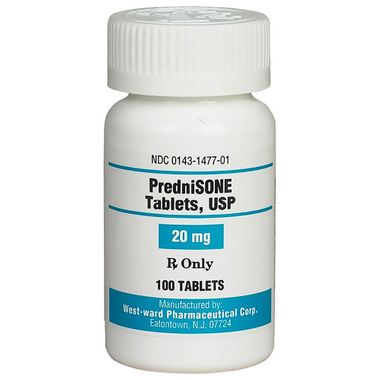Horner’s Syndrome: Symptoms, Causes, Treatment
What are the symptoms of Horner’s syndrome?
Horner’s syndrome is a rare condition caused by damage to the sympathetic nerves of the face. It typically affects one side of the face and can result in a combination of symptoms, including:
- Ptosis (drooping) of the upper eyelid
- Miosis (constriction) of the pupil
- Anhidrosis (lack of sweating) on the affected side of the face
- Enophthalmos (sunken appearance) of the eyeball
These symptoms are due to the disruption of the sympathetic nerves that control certain muscles and functions of the eye and face. Horner’s syndrome can be congenital (present at birth) or acquired, and it can be caused by various underlying conditions, including trauma, tumors, or neurological diseases. If you suspect you or someone else may have Horner’s syndrome, it’s important to see a healthcare provider for a proper diagnosis and appropriate management.
What are the causes of Horner’s syndrome?
Horner’s syndrome is caused by damage to the sympathetic nerves that innervate the eye and surrounding structures. The condition can be congenital (present at birth) or acquired, and it can result from a variety of underlying causes. Some common causes of Horner’s syndrome include:
- Trauma: Injuries to the head, neck, or chest can damage the sympathetic nerves and lead to Horner’s syndrome.
- Tumors: Tumors in the neck, chest, or brain can compress or damage the sympathetic nerves, causing Horner’s syndrome. These tumors can be benign or malignant.
- Stroke or other vascular disorders: Damage to the blood vessels supplying the sympathetic nerves can result in Horner’s syndrome.
- Infections: Infections such as tuberculosis, syphilis, or Lyme disease can affect the sympathetic nerves and lead to Horner’s syndrome.
- Surgical complications: Surgery in the neck, chest, or brain can sometimes damage the sympathetic nerves and cause Horner’s syndrome.
- Neurological disorders: Conditions such as cluster headaches, multiple sclerosis, or spinal cord injury can be associated with Horner’s syndrome.
In some cases, the exact cause of Horner’s syndrome may not be identified. It’s important to see a healthcare provider for a thorough evaluation if you or someone else is experiencing symptoms of Horner’s syndrome.
What is the treatment for Horner’s syndrome?
The treatment for Horner’s syndrome depends on the underlying cause and the specific symptoms experienced. In many cases, treatment focuses on addressing the underlying condition that is causing the syndrome. Some possible treatment approaches include:
- Observation: If the underlying cause of Horner’s syndrome is benign and not causing significant symptoms, a “wait and see” approach may be recommended.
- Medications: Depending on the underlying cause, medications such as antibiotics (for infections), corticosteroids (for inflammation), or antiviral drugs (for viral infections) may be prescribed.
- Surgery: In cases where a tumor or other structural abnormality is causing Horner’s syndrome, surgery may be necessary to remove the abnormality and relieve pressure on the sympathetic nerves.
- Physical therapy: In some cases, physical therapy or other rehabilitative techniques may be used to help improve symptoms such as ptosis (drooping eyelid) or enophthalmos (sunken eyeball).
- Symptomatic treatment: Treatments such as eye drops or ointments may be used to manage specific symptoms such as dry eye or pupil constriction.
The specific treatment plan for Horner’s syndrome will depend on the underlying cause and the individual patient’s symptoms and needs. It’s important for individuals with Horner’s syndrome to work closely with their healthcare providers to develop an appropriate treatment plan.




